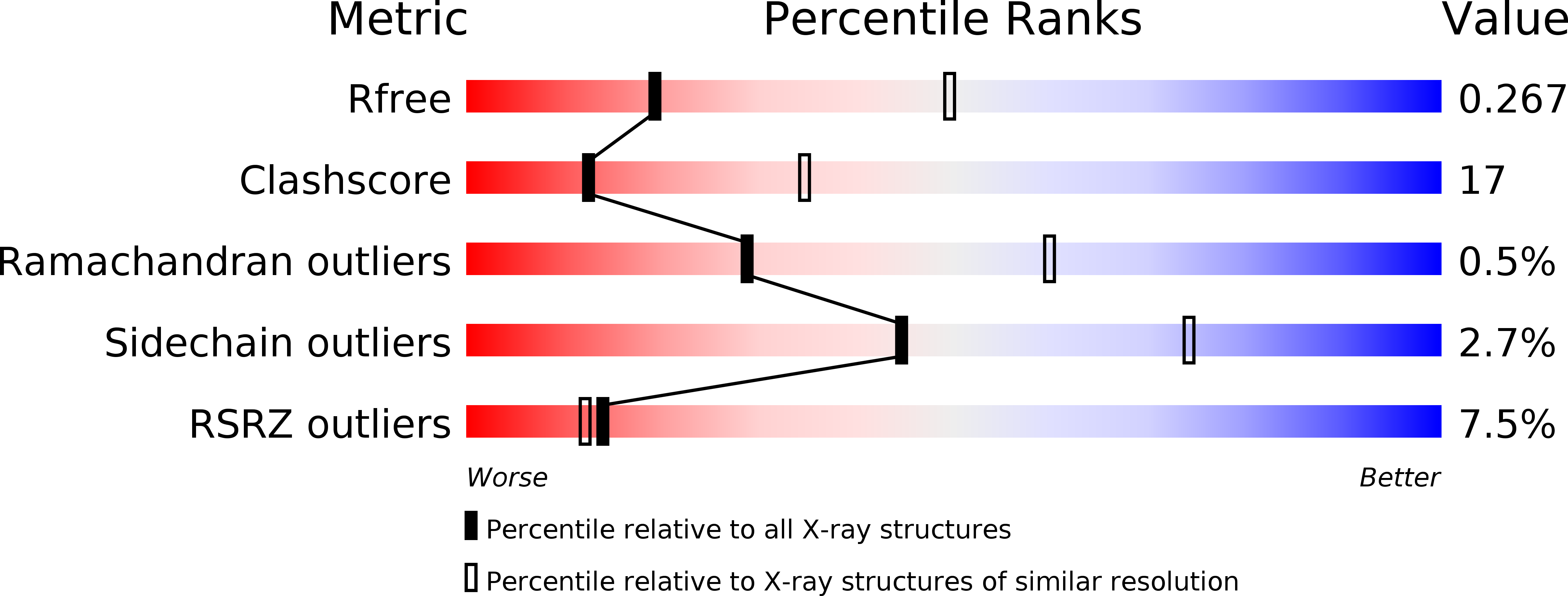
Deposition Date
2017-08-29
Release Date
2018-01-17
Last Version Date
2024-01-17
Entry Detail
Biological Source:
Source Organism:
Feline immunodeficiency virus (Taxon ID: 11673)
Host Organism:
Method Details:
Experimental Method:
Resolution:
2.94 Å
R-Value Free:
0.26
R-Value Work:
0.21
R-Value Observed:
0.22
Space Group:
P 31 2 1


